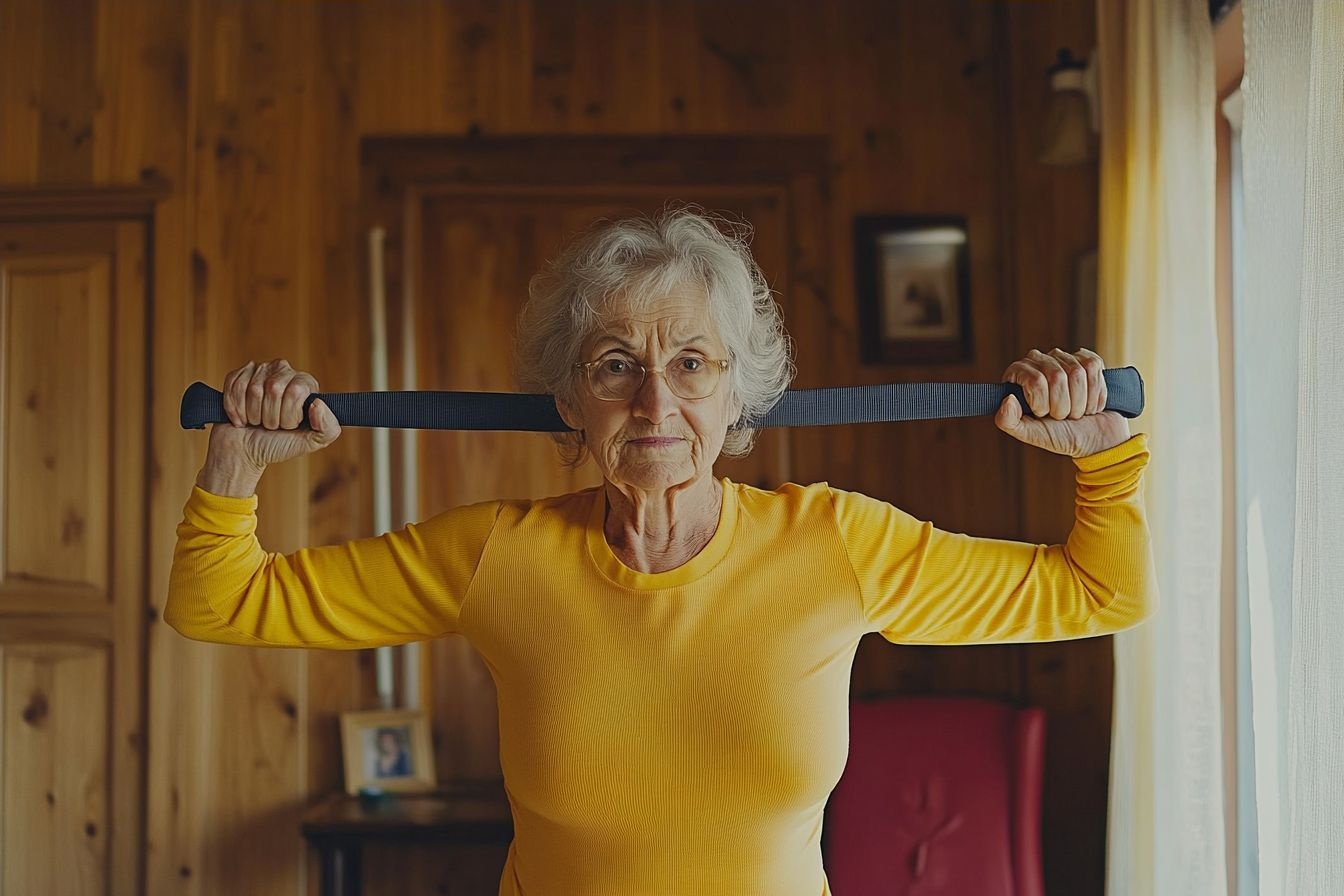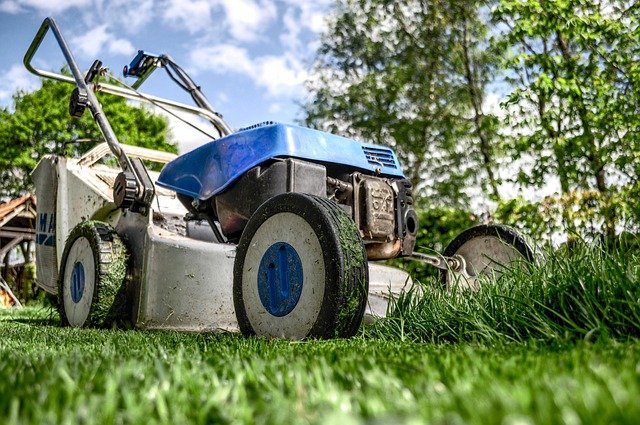A Comprehensive Guide to Gyms for Seniors in United States
This guide provides essential information about gym memberships tailored for seniors in United States, focusing on boosting fitness and overall well-being. It highlights the importance of engaging in physical activities that are enjoyable and beneficial for health. This resource aims to assist seniors in making informed decisions about their fitness journeys in a supportive environment.

Maintaining an active lifestyle after age 65 requires careful consideration of exercise options that accommodate changing physical needs while promoting long-term health benefits. Many fitness facilities across the United States now recognize the growing senior population and have adapted their offerings accordingly.
Understanding the Benefits of Gym Membership for Seniors
Regular physical activity provides numerous advantages for older adults, extending far beyond basic fitness maintenance. Strength training helps preserve bone density and muscle mass, which naturally decline with age. Cardiovascular exercises support heart health and circulation, while flexibility work maintains joint mobility and reduces fall risk. Additionally, structured fitness environments offer social interaction opportunities that combat isolation, a common concern among seniors. The supervised setting of fitness facilities also provides safety measures and professional guidance that home workouts may lack.
Key Features to Look for in United States Gyms for Seniors
When evaluating fitness facilities, seniors should prioritize accessibility and safety features. Wide doorways, ramps, and accessible parking ensure easy facility navigation. Well-lit spaces with non-slip flooring reduce accident risk, while clear signage helps with orientation. Equipment considerations include machines with easy entry and exit, adjustable resistance settings, and comfortable seating options. Pool facilities should feature gradual entry points and handrails. Staff training in senior-specific needs and emergency procedures adds another layer of safety and support.
Engaging Activities to Enhance Fitness and Social Interaction
Modern fitness facilities offer diverse programming specifically designed for older adults. Water aerobics provides low-impact cardiovascular exercise while reducing joint stress. Chair exercises accommodate those with mobility limitations, while balance classes help prevent falls. Group fitness sessions like tai chi, yoga, and walking clubs combine physical activity with social engagement. Many facilities also offer educational workshops on nutrition, health management, and wellness topics. These varied options allow seniors to find activities matching their interests, abilities, and social preferences.
| Facility Type | Average Monthly Cost | Key Features |
|---|---|---|
| Community Recreation Centers | $20-50 | Basic equipment, senior programs, pool access |
| National Chain Gyms | $30-80 | Extensive equipment, multiple locations, group classes |
| Senior-Specific Facilities | $40-100 | Specialized equipment, medical partnerships, age-appropriate programming |
| YMCA/Community Organizations | $35-75 | Family-friendly, sliding scale fees, community focus |
Prices, rates, or cost estimates mentioned in this article are based on the latest available information but may change over time. Independent research is advised before making financial decisions.
The landscape of senior fitness continues evolving as facilities recognize the unique needs of this demographic. Many locations now offer trial periods, allowing potential members to experience programs before committing. Some facilities partner with healthcare providers or accept insurance benefits, making fitness more accessible for seniors on fixed incomes.
Choosing the right fitness facility involves balancing personal needs, budget considerations, and available amenities. Seniors should visit multiple locations, speak with staff about programs, and observe existing member interactions. The ideal facility will provide a welcoming environment that supports both physical health goals and social connections, contributing to overall well-being and quality of life in the golden years.
This article is for informational purposes only and should not be considered medical advice. Please consult a qualified healthcare professional for personalized guidance and treatment.




